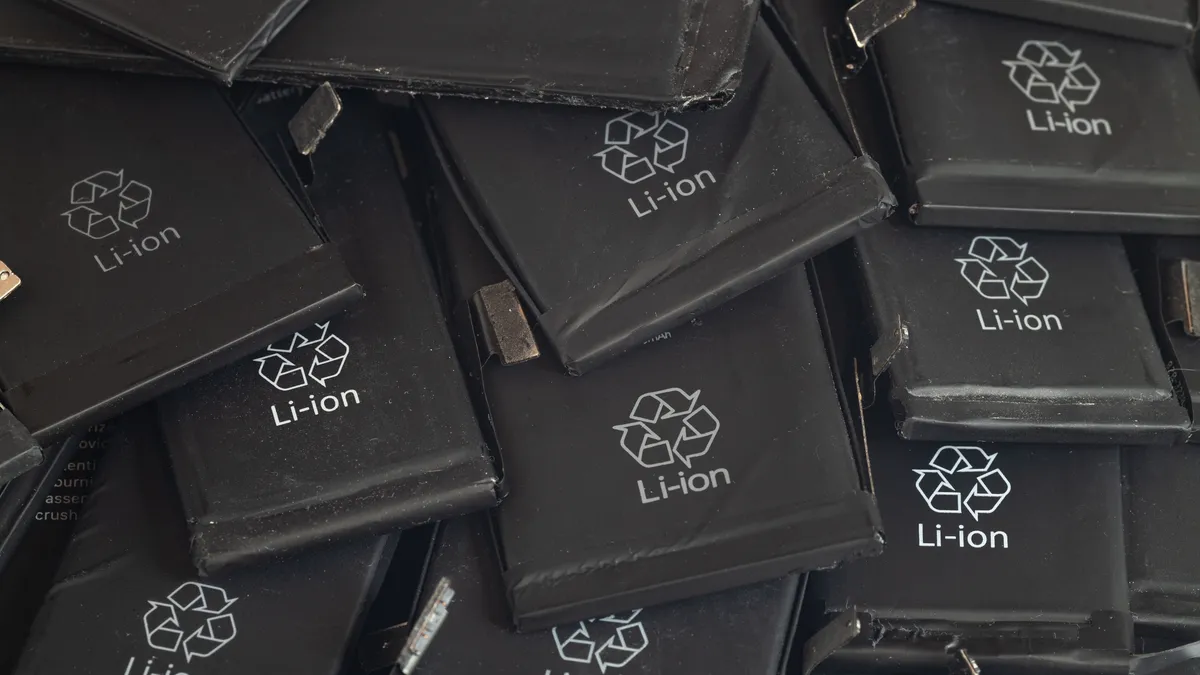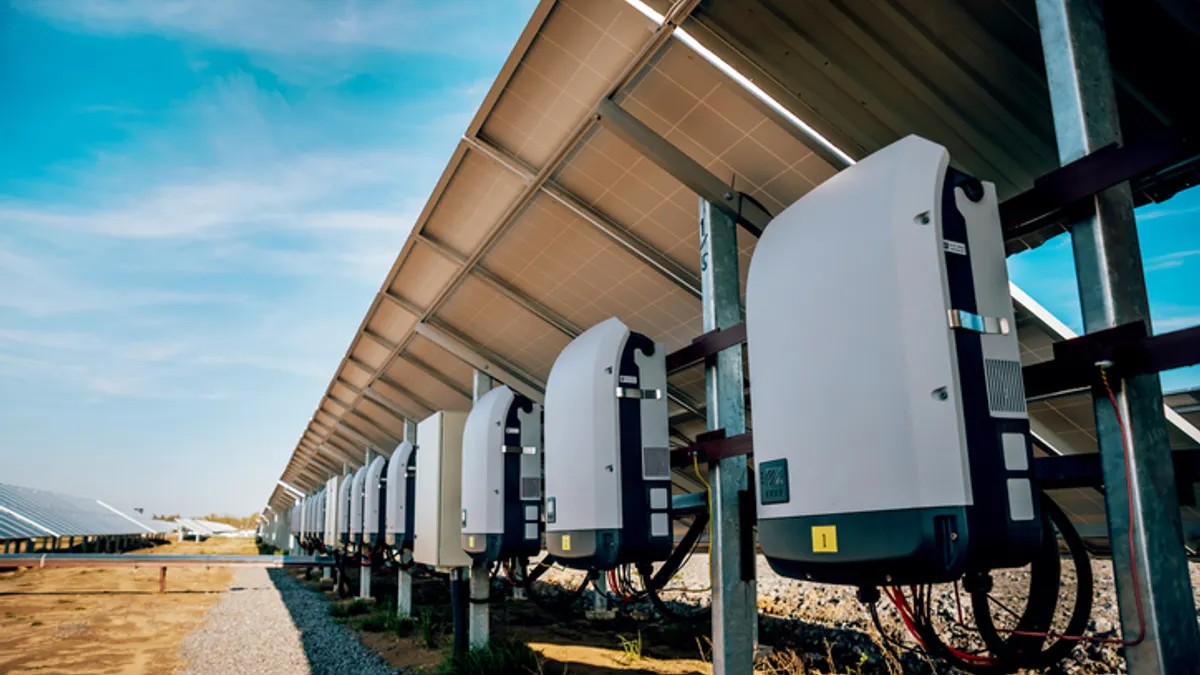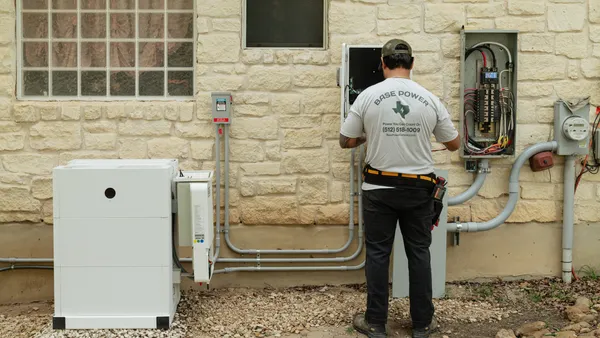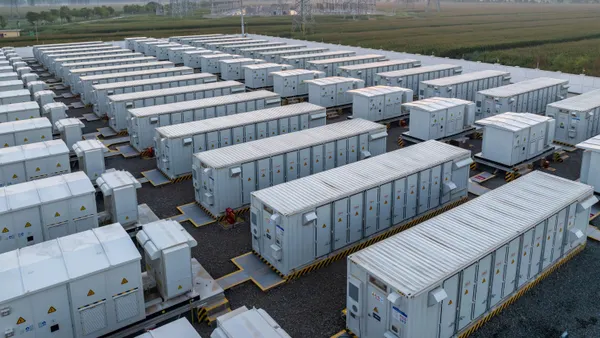Scientists are looking to identify alternatives to lithium-ion batteries that rely on cobalt, an African-mined metal drawing scrutiny over human rights issues and environmental problems.
Cobalt offers thermal stability as part of a battery, functioning as it is heated to higher temperatures, while maintaining structural stability. Researchers are looking for different materials that could offer the same advantages.
Researchers at the U.S. Department of Energy’s Argonne National Laboratory in Illinois are working with other scientists to find potential materials for the positive terminal of a battery, called a cathode. In a battery, lithium ions are inserted into a cathode during charging and released during discharging, providing electricity.
New cathodes are cobalt-free and stable. As a result, they do not undergo structural failures, such as cracking, as they are repeatedly charged and discharged.
A research team led by the University of California, Irvine, created and analyzed a material for a lithium-ion cathode that uses no cobalt and is instead rich in nickel. The cathode chemistry contains small amounts of a wide range of other metals such as molybdenum, niobium and titanium.
“You can think of building a cathode like building a house out of different kinds of bricks,” said Argonne physicist Wenqian Xu, a co-author of a paper in the Sept. 21 issue of Nature that was based on the study. “By having a variety of different shapes and sizes of bricks, we can enhance the stability of the house. Multiple elements help to ensure the integrity of the cathode particles.”
Other nickel-rich cathodes typically have poor heat tolerance that can lead to oxidization of battery materials and thermal runaway, leading in some cases to explosions. And though high-nickel cathodes can accommodate larger capacities, large changes in volume from repeated expansion and contraction are found to result in poor stability and safety concerns.
Researchers tested the new battery by cycling it more than 1,000 times. The cathode material underwent less than 0.5% of volume expansion, or about one-tenth of volume expansion in other nickel-rich cathodes. Unlike other high-nickel cathodes that showed severe nanocracking at high temperatures, the new cathode material, called HE-LMNO, goes through a phase change that allows it to perform and retain capacity.
“Keeping the volume of the cathode consistent is essential for ensuring its stability,” said Argonne physicist and co-author Tianyi Li.
The research could provide design rules for many new battery cathodes that could help reduce next-generation lithium-ion batteries’ reliance on cobalt, according to Xu.
“We haven’t just found one new battery,” he said. “Really, by mixing different transition metals in the structure, we could potentially see many more interesting cathode candidates. There will potentially be some even better than we have already found.”
The research team used the resources of the Advanced Photon Source, a DOE Office of Science user facility at the Argonne laboratory.















